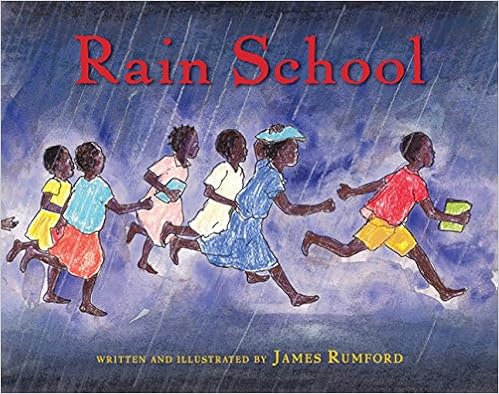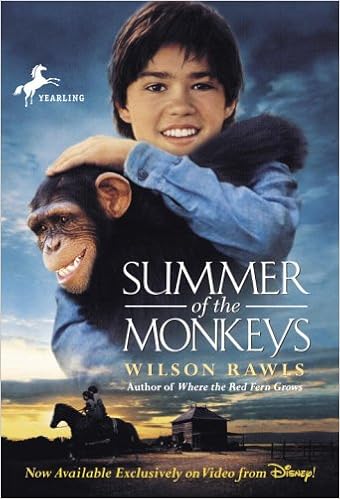...And Have to Go Back.
Every January we talk about our plans for the year. At a recent meal, we asked the children what they would like to learn, or do, or visit this year. I was surprised at some of their answers. But they gave some great suggestions and we'll probably be making some plans this year that reflect their ideas.
Last fall I briefly mentioned our trip to Colonial Williamsburg and promised to give a full report. So in case you are planning your family trip this year, here is more than you ever wanted to know about our visit.
Every time we travel through Virginia
to see Ed's sister Jean in North Carolina, we see the signs to
Williamsburg. "Some day," we would say. "Someday, when the children are
a little older, we are coming to Colonial Williamsburg."
This year we are studying early
American history and decided it was the perfect time. We made plans
to visit during one of Williamsburg's homeschool weeks in September.
(Tickets to Colonial Williamsburg is not cheap, but they give great homeschool
discounts all year long. In the spring and fall they hold special weeks
for homeschoolers. We were able to get two-day tickets for our family for less than $100.00)
But how long should we stay? We talked to friends that had visited Williamsburg recently. Some
friends told us one day would be
plenty of time, other stated that we needed two days. With young children, we knew we would move slowly so planned
two days, but hoped we wouldn't get bored.
Soon after arriving we ran into some
homeschool acquaintances. “We came last year for two days," they said, "and
enjoyed it so much we are back for two more days.”
So how do you spend two days in Colonial
Williamsburg and need to come back?
Well, being a history fanatic helps. I
loved seeing the places that we read about in our history books - the
streets that Thomas Jefferson traveled to the House of Burgesses, the
tavern where Patrick Henry may have shared heated discussions, and
the town where George Washington met his wife Martha.
We began our visit with a tour of the
Governor's Palace. Our boys' eyes popped at the display of guns and
swords in the front hall.
We were taught how to make a proper curtsy or bow in the ballroom, ran through the maze in the palace garden, and enjoyed the fragrance of food cooking in the hearth in the kitchen.
We emerged from the palace in time to
watch a demonstration of the storming of the palace by the Virginia
militia and a speech by Governor Dunmore. Being in a crowd of irate townspeople help bring to life the frustrations of that time period. Throughout our visit we
would watch for the costumed reenactors who depict life in
Williamsburg. Whether it was an auction on a house steps, a harpist
playing in the market square, or an officer's passionate call for men
to join the militia to help defend Virginia, we never knew what we
would see next.
We did not plan well that first day and
found ourselves criss-crossing Williamsburg.
We'd be chatting in the apothecary or watching the
blacksmith when we'd look at the schedule and realize that in five
minutes we wanted to see the firing of the noon guns and off we'd
rush.
We listened to the cannons (very loud), a Punch-and-Judy puppet
show (very silly), and joined a bucket brigade (very wet) to fill an
ancient fire engine with water.
If we would have just looked at our schedule at the beginning of the day, maybe we could put fewer steps on our sneakers, but then, action is good when you have young-uns.
Thankfully both little girls
fell asleep so the rest of us could enjoy the courthouse tour where
the audience volunteered to take part in several court cases. Our daughter was drafted to play the part of a 12-year-old young lady who was signing
her apprenticeship papers to the town seamstress. History becomes
more real when the judge gave her just one more night with her family
before starting a seven year indentionship.
Late Thursday afternoon we followed the
shrill sound of the fife-and-drum to watch the local militia drill. I
missed watching the cannons since I was huddled behind the courthouse
with the little girls who were NOT impressed by the noise, but it was
a highlight for the older children.
The free shuttle from the visitor's center to Colonial Williamsburg runs all evening so after a break for supper, we headed
back to Williamsburg, this time to visit the Bruton Parish church. We
listened to a beautiful concert from the old pipe organ, but escaped
during the intermission because we feared that our children's good
behavior might end. The evening was so lovely, that we walked the
quiet streets of Williamsburg, lit only with dim lights from the
windows and a full moon before finally catching the shuttle to get
our weary children to their beds. Ed's phone said that we walked over
six miles on Thursday.
We began Friday morning at the Great
Hopes plantation beside the visitor's center and right outside
Colonial Williamburg. This small farm depicts rural Virginia life and
we enjoyed this view of the life of the common people.
The children dipped water from the well
in wooden buckets to fill a trough.
We chatted with the carpenters at work on a
post-and-beam building and hand making cedar shingles.
After leaving the farm and returning to
Williamsburg, we listened to Lafeyette share his story of the
American revolution. Throughout our stay we could have met Martha Washington, Patrick Henry, James Madison, and more, but we just didn't have time.
Then we visited the coffeeshop where the
children were delighted to be offered chocolate instead of coffee and
Ed chatted with an Native American who was in town to trade his furs.
Silversmith, milliner, cobbler, cooper,
tinsmith – each tradesman (or woman) patiently showed us their
craft. My favorite? The wig-maker with her slow southern drawl
combined with witty remarks. I wanted to sit in the corner of her
shop, hold my sides, and roar. We didn't discover until Friday that
not all the shops are open every day. I suppose even basketmakers
need a day off. We'll have to see the printer, tailor, and joiner on
our next visit.
At the Randolph house the tutor taught
our children how to write on a slate while Ed and Paige watched the
milking of the Dexter cow. We enjoyed the house tours, but it
seemed that halfway through, a little person would need a potty break
so we skipped most of the house tours. Next time.
I loved the little gardens behind the
houses. When Haven needed fed, I'd stroll through a gate and find a
quiet garden bench. Williamsburg was suffering a drought and the gardens were showing the stress. I'd like to come back in the spring since I've heard the tulips are lovely.
The secret to cheerful
children during long days and many miles are frequent stops. Our stroller was well-stocked with water
bottles, lunch, and snacks, but by Friday afternoon the even frequent
snacks were not keeping our children energized so we took a break at
the Geddy house where a staff member taught the children a colonial
game.
We would have enjoyed watching the fife-and-drums again, but we decided to head back for a siesta and supper. But we couldn't resist. Back we returned for
another moonlit walk around town - giving us close to six miles on our second day as well.
Colonial Williamsburg: one of our best
family vacations . . . and we want to go back.



















































